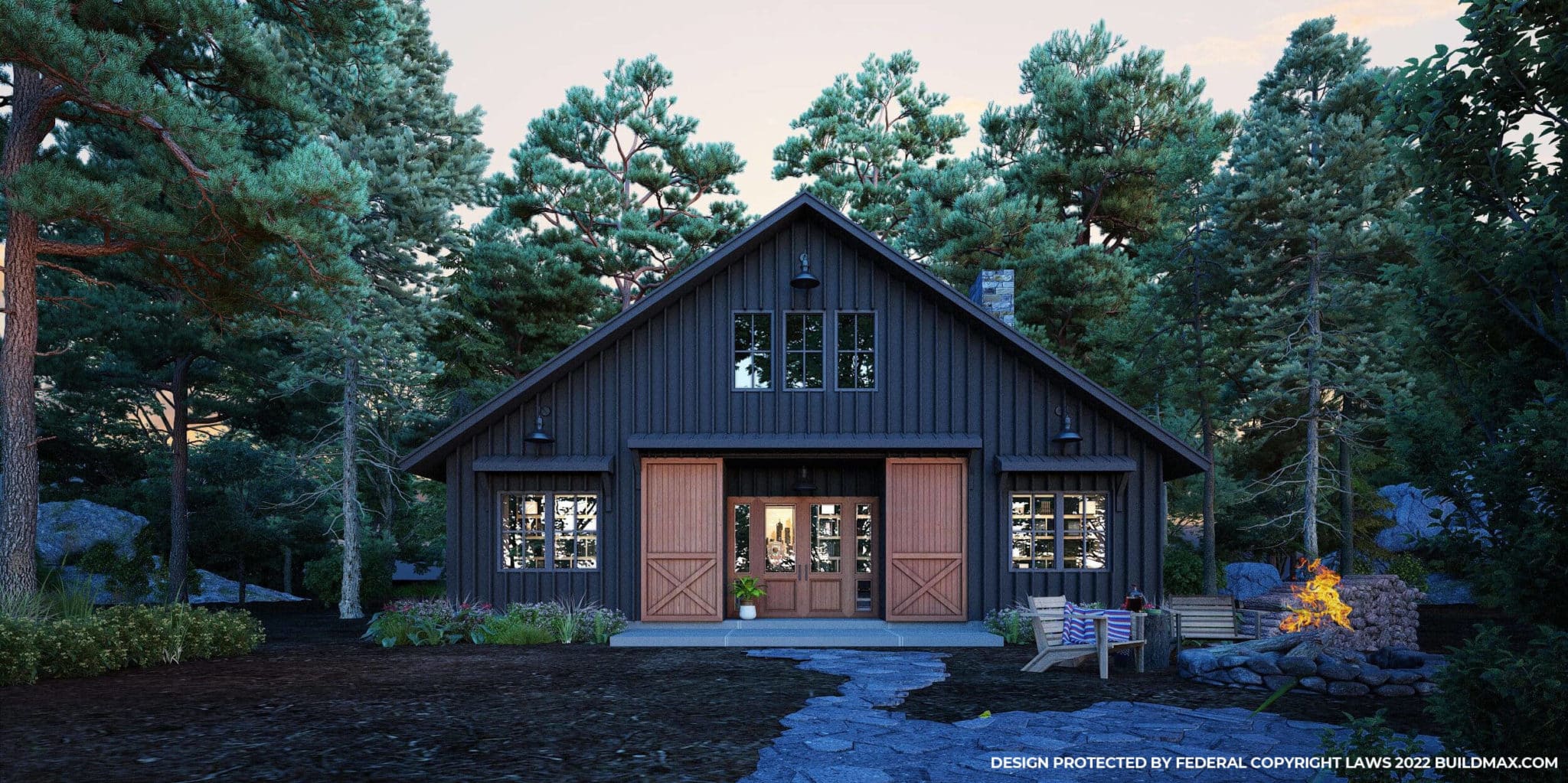Barndominiums Vs. Traditional Houses: a Thorough Comparison of Lifestyle and Performance
The choice in between barndominiums and typical homes includes different variables, consisting of way of living choices and functional demands. Barndominiums are defined by their open designs and flexibility, frequently attracting those who prioritize communal living and adaptability. On the other hand, typical homes offer an even more organized setting, which might better serve households seeking privacy and a feeling of background. As we take a look at the expense implications and environmental factors to consider, it comes to be clear that the selection prolongs beyond plain visual appeals and capability; it welcomes a deeper exploration of what truly specifies a home.
Summary of Barndominiums
Barndominiums, a novel real estate trend gaining popularity throughout numerous regions, blend the rustic charm of barn-style architecture with the functionality of modern-day living spaces. These special structures usually are composed of a metal or wood structure, incorporating open floor plans and high ceilings with energy-efficient attributes. Often located on extensive country homes, barndominiums supply property owners the chance to take pleasure in a serene lifestyle while offering adequate room for different activities.
The adaptability of barndominiums expands past their aesthetic charm; they can serve as both living quarters and useful areas for pastimes, workshops, or perhaps small companies. Their flexible design enables very easy customization, accommodating diverse household requirements and choices. Several owners appreciate the reduced maintenance requirements related to steel siding and roofing, contributing to long-lasting resilience.

Qualities of Typical Residences
Highlighting classic layout and convenience, typical homes are defined by their unique building designs, which usually mirror historic influences and regional aesthetics. Typical attributes consist of balanced facades, gabled roofings, and an emphasis on craftsmanship, causing a warm and inviting atmosphere.
Standard homes usually include aspects such as crown molding, wainscoting, and hardwood flooring, improving their timeless charm. They commonly feature several spaces with defined purposes, advertising household communication while enabling personal privacy. learn more. The format usually includes official living and dining locations, which are favorable to entertaining guests and organizing household events
Outside products such as brick, timber, or rock are regularly utilized, adding to sturdiness and a feeling of durability. Barndominium builder. In addition, lots of typical homes are made with front porches or stoops, promoting a sense of area and link with the neighborhood
Landscaping plays a considerable role in typical home style, with well-maintained gardens and pathways that enhance curb allure - website. On the whole, conventional homes symbolize a sense of nostalgia and security, appealing to those that value heritage and an extra structured living environment
Price Comparison
Generally, an expense contrast in between barndominiums and typical homes reveals substantial distinctions in building expenditures and general investment. Barndominiums, commonly created from steel or steel structures, normally incur reduced material and labor costs than traditional homes developed from timber and brick. The streamlined design of barndominiums can equate to lowered building and construction times, even more lowering labor expenses and expediting occupancy.
On standard, the expense per square foot for a barndominium varies from $100 to $150, while conventional homes can differ widely, commonly dropping between $150 and $300 per square foot, depending upon location, products, and layout complexity. This cost variation makes barndominiums an appealing alternative for budget-conscious purchasers seeking bigger home without giving up top quality.
Additionally, barndominiums might cause long-term savings via lower upkeep prices, power performance, and insurance coverage prices. Their resilient building and construction materials typically need less maintenance over time contrasted to traditional homes. It is important to think about that while first expenses may be reduced for barndominiums, the final investment will certainly also depend on individual personalization and preferred facilities, which can affect the overall expense in both housing types.
Way Of Life and Room Considerations
When taking into consideration way of life and area, barndominiums offer a special flexibility that attract a selection of home owners. These hybrid frameworks integrate property coping with functional space, commonly including open floor strategies that can be adjusted to suit private requirements. This adaptability is specifically helpful for family members or individuals looking for a tailored living setting, allowing for varied uses such as home workplaces, workshops, or recreational locations.

In addition, the aesthetic allure of barndominiums can deal with both rustic and modern preferences, making them a versatile choice for numerous layout choices (Barndominium builder). Eventually, the choice in between a barndominium and a standard home commonly depends upon just how well each option lines up with the house owner's way of life desires and spatial demands, highlighting the significance of considering individual priorities in the decision-making process
Ecological Impact and Sustainability
The environmental impact and sustainability of barndominiums present compelling benefits contrasted to standard homes. Mainly constructed from steel and other long lasting products, barndominiums are commonly developed using recycled sources, minimizing the demand for new materials and minimizing waste. Their layout generally highlights open rooms, which can bring about lower power usage for heating and cooling contrasted to traditional homes with even more segmented designs.
Furthermore, barndominiums can include lasting features such as photovoltaic panels, rainwater harvesting systems, and advanced insulation techniques, enhancing their energy performance. The versatility of their style enables home owners to integrate these modern technologies extra flawlessly than in lots of typical homes, which might require considerable retrofitting.
Furthermore, barndominiums commonly require less sources for building and construction because of their less complex, more efficient styles. This not just lowers the carbon footprint related to structure however additionally adds to a much more lasting way of life. In comparison, typical homes may involve higher degrees of power expenditure and source make use of throughout their lifecycle, from construction to maintenance. Generally, barndominiums stand for a forward-thinking strategy to sustainable living, lining up with modern ecological priorities.
Final Thought
In summary, the selection in between barndominiums and traditional homes pivots on private lifestyle choices and practical demands. Barndominiums, with their open formats and sustainable materials, cater to those seeking flexibility and communal living.